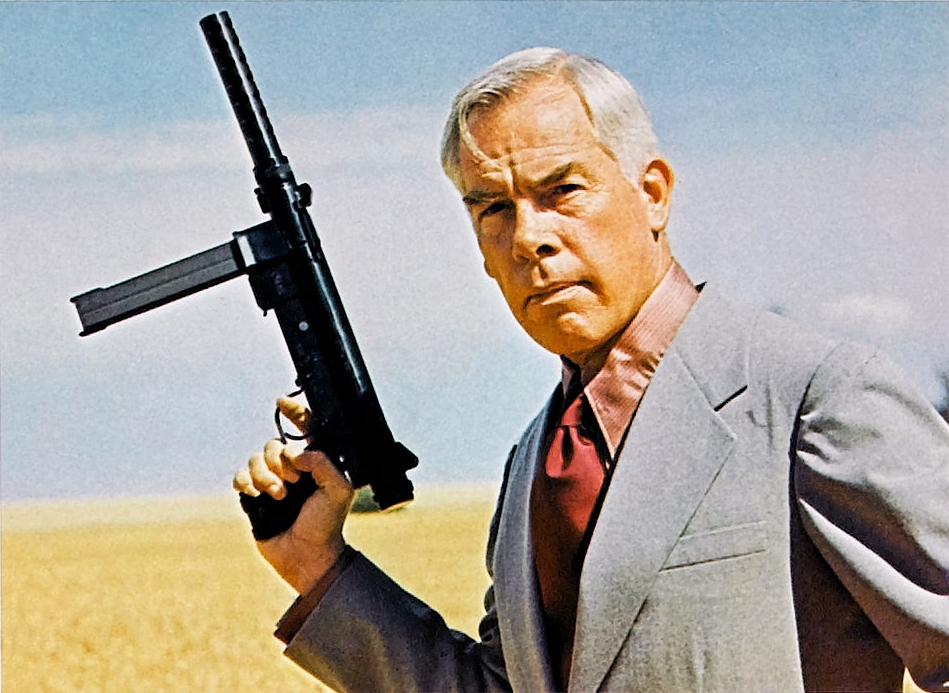 A belated happy 2017 to Pulp Curry readers. I have had a very busy start to the year, with my PhD studies and various writing projects, hence the first post of the year has taken me a while to get around to.
A belated happy 2017 to Pulp Curry readers. I have had a very busy start to the year, with my PhD studies and various writing projects, hence the first post of the year has taken me a while to get around to.
The first Pulp Friday of 2017 is a stunning collection of horror themed 1960s pulp titles by Horwitz Publications. These are a mixture of titles I own and books from other collectors.
While horror tales were a staple of American and British pulp fiction in the 1950s and 1960s, they failed to achieve similar popularity in Australia. Australia’s censorship regime – both at the state and federal levels – were far stricter and, as a result, our publishers were much more timid. According to Canberra based scholar, James Doig, horror never had the commercial appear amongst Australian pulp buyers of other genres, such as crime and romance.
That’s not to say there was a total absence of local horror pulp. Influenced by the US magazine Weird Tales, Currowong published a series of horror titles in the 1940s. And Cleveland and Horwitz published some novelettes and pocket books in the 1950s and 1960s.
The earliest Horwitz effort in the 1960s appears to be Weird Stories, published in 1961, part of an anthology series edited by Charles Higham, which was most likely a response to the very successful Pan Book of Horror Stories series that began to appear under the editorship of Herbert Van Thal in 1959.… Read more
 The iconic American actor, Lee Marvin was born today, February 19, 1924. To celebrate the occasion, my latest piece for the British Film Institute looks at his 10 essential movies.
The iconic American actor, Lee Marvin was born today, February 19, 1924. To celebrate the occasion, my latest piece for the British Film Institute looks at his 10 essential movies.






















